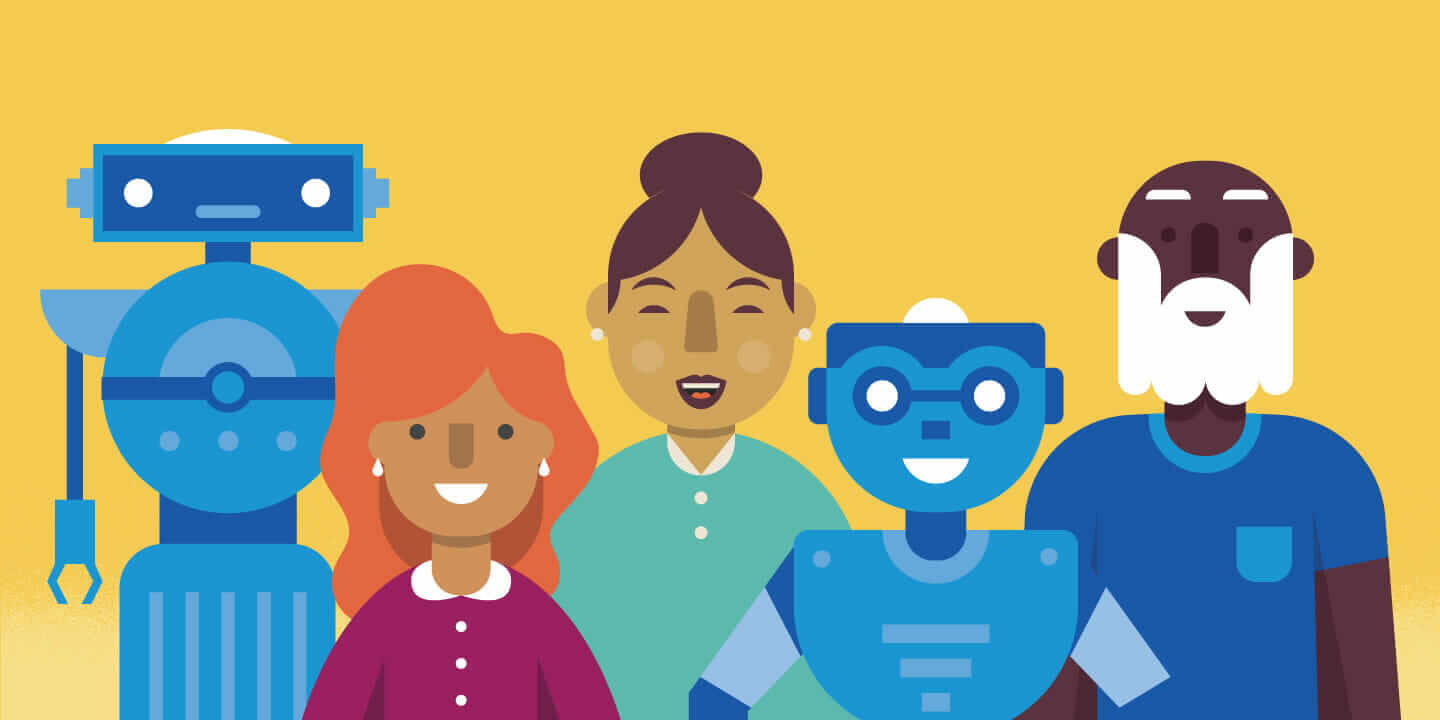The Need For Representation In Artificial Intelligence

Technological and scientific fields are responsible for orchestrating significant transformations and advancements in our lives. But there exist many contentions regarding the lack of an inclusive culture in this sphere.
One of the many structural issues that plague the technical sector is the homogenised workforce that consists primarily of white, cis men. This homogenized workforce serves as a major obstacle to women, people of colour, ethnic minorities and others who have faced systemic oppression, and prevents them from gaining equal access to this space.
The Lack of Gender, Racial and Ethnic Diversity in Tech
The gender gap, for example, has fatal implications for women. Women in STEM professions make 16,000 dollars less than their male counterparts every year. Another disturbing statistic - in 2017, only 2.2% of the 85 billion dollars invested by venture capitalists went to women-led teams.
This bias can have fatal consequences : A 2011 study showed that female seat-belted drivers were 47% more likely to get injured than their male counterparts in crashes of the same magnitude. This was because of the exclusion of female body prototypes in the designing process of seat belts, safety harnesses and other safety equipment owing to the domination of men in these manufacturing spaces. A decade later, not much has changed.
The following graph displays the percentage distribution of employees working in technical professions on the basis of their race and ethnicity in the United States of America :

A clear disparity can be observed. This lack of diversity in the workforce is a cause for concern and needs to be addressed. Instead of shifting the onus of responsibility to social and historical factors, we need to examine the shortcomings and gaps within the technological fields, especially that of Artificial Intelligence (AI).
Why Do We Need A More Representative, Inclusive And Diverse Workforce?
A recurrent problem that large corporations like Google and Microsoft are struggling to address is algorithmic bias. The main reason for our current bias-laden Machine Learning algorithms is the lack of representation in our workforce. Since, AI is an extension of it’s creator, it is very easy for it’s creator’s biases to creep into the algorithmic model. Thus, an inclusive group would lead to better and more developed technology.
Heterogeneity would facilitate more intersectional, innovative and creative thinking. Every person processes the same information differently because of different heuristics, i.e., the mental shortcuts that allow individuals to solve problems and make judgments efficiently are different since they depend on the past experiences of the individual. For example, the availability heuristic is a mental shortcut where people over-rely on information that is easily recallable in their minds to make decisions.
If the workforce is inclusive, there would be a diversity of experiences and thus, of perspectives, which would result in a multi-dimensional approach to problem solving. This, in turn, would lead to the creation of better technology and more financial success. McKinsey & Company found that companies in the top quartile for gender, racial or ethnic diversity are “more likely to have financial returns above their national industry medians.”
Another reason to have people from different castes, ethnicities, races and genders is that the technology created by an inclusive workforce will provide a platform which is useful to everyone, and not just a section of society. A diverse group will have fewer biases and will address issues plaguing society as a whole.
An example of the problem of a homogenised workforce creating technology that doesn’t take into account the needs of a section of society is the health app created by Apple. It had astounding features to track various bodily functions and processes, but lacked a menstruation tracker.
Through advancements in AI, we are hoping to find solutions for uplifting the quality of life of the homeless, the differently-abled and others. However, in our race to achieve this, we need to be careful to not disenfranchise a large section of society.
Our policy makers need to actively ensure the participation of minorities in the field of AI. Otherwise, marginalised people - through internalised doubt or the “imposter syndrome” - might begin to accept and normalise the harsh reality.
The Chief Scientist of Artificial Intelligence and Machine Learning at Google, Fei Fei Li, importantly points out that the damage caused by failing to create equality will be impossible to reverse ten years down the line. The industry has been restricted to a cis-gendered, mostly-white, heteronormative space, but the appropriate policy changes for inclusivity could transform it into a vibrant, inclusive and diverse space that could lead to important developments and changes in society.
References:
Devasia, Akshaya. “This is a Man’s (made) world”
“Why Diversity and Representation Matter in the Tech Industry.” Salesflare Blog, 11 Oct. 2018, blog.salesflare.com/diversity-in-tech-industry.
